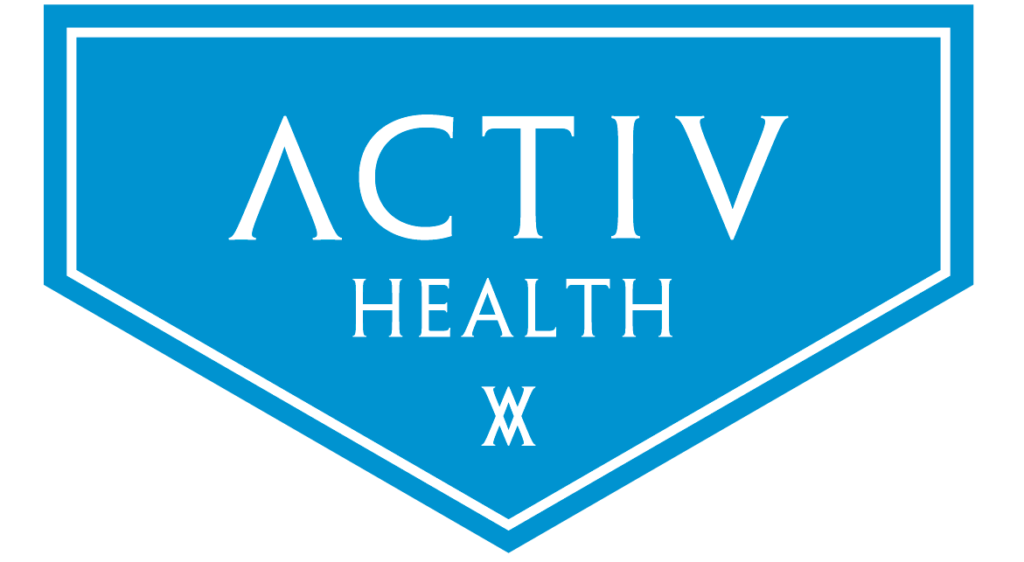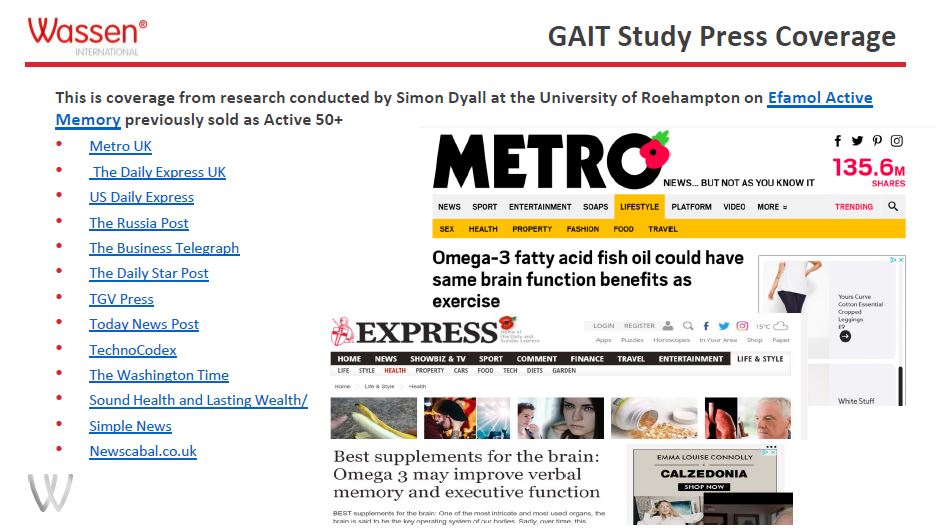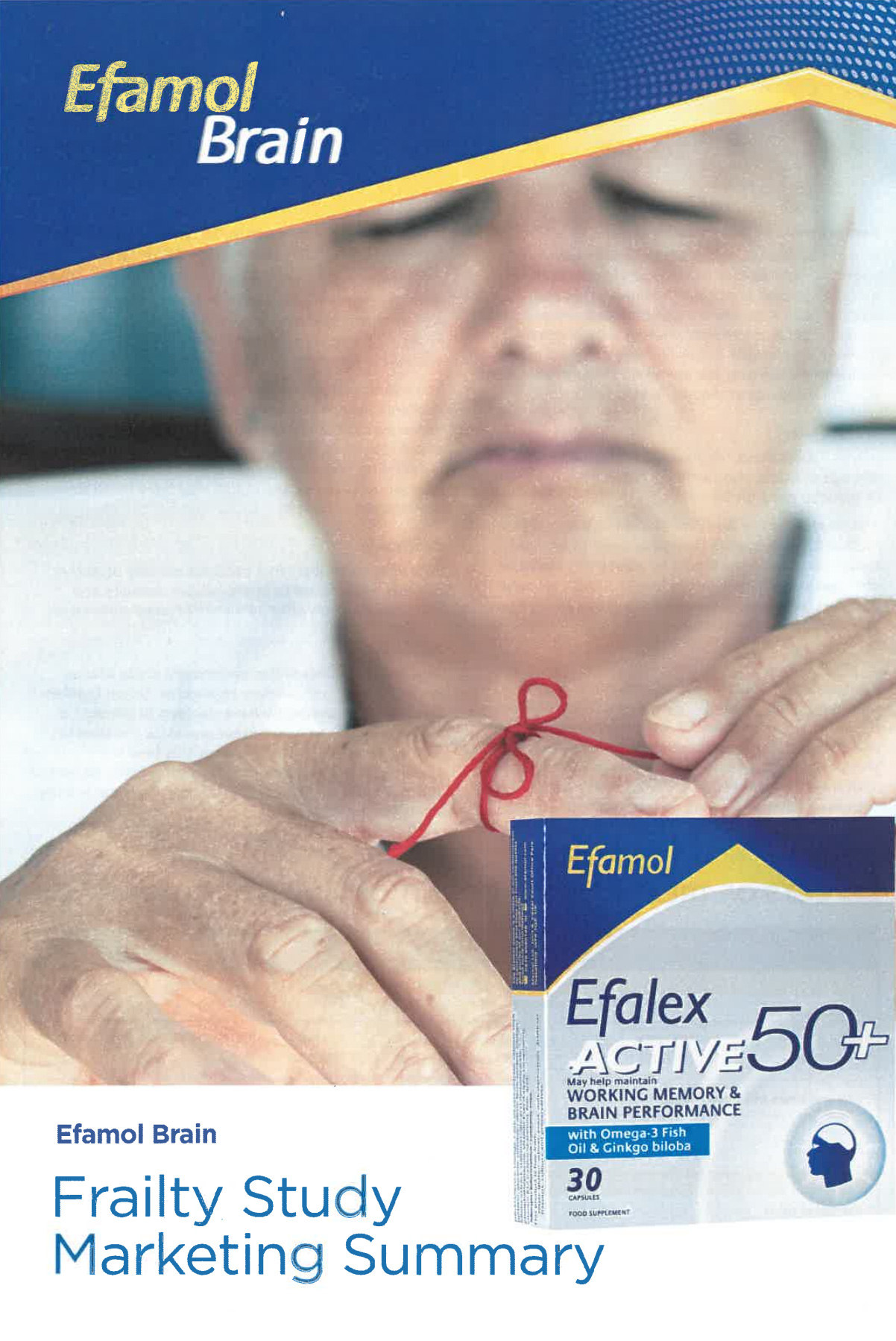A recent study has looked at the relationship between omega-3 fatty acids and selenium intake relative to health benefits in the elderly. This study, supported by a grant from the French Alzheimer’s disease association was carried out under agreement between the Merck, Sharp and Dohme-Chibret Laboratories and EISAI laboratory, France. It provided evidence that beneficial effects of omega-3 fatty acids derived from fish may also be attributed to increased selenium (Se) intake as a result of increased fish consumption.
The study included 200 people aged 69 years old who were given a food frequency questionnaire to determine their fish intake. Their blood levels of Se, total omega-6 fatty acid, total omega-3 fatty acid, DHA and EPA were determined and correlated with fish intake.
Results showed that 35% of subjects were heavy fish consumers while 22.5 % ate fish less than once per week. Blood Se as well as EPA and DHA levels increased as fish intake increased. Fish consumption accounted for only 2.6% of the variation in blood omega-3 fatty acid content indicating that these levels are also dependent on intake of these nutrients from other food sources plus some internal production. However, fish intake accounted for as much as 15% of the variance in the plasma Se levels indicating that fish is a significant source of Se in out diet.
Historically, the role of Se may have been underestimated when interpreting the beneficial effects of fish consumption on health. Fish intake has been attributed to a number of health benefits in the elderly such as reducing the incidence of cognitive decline, dementia, stroke, cardiovascular disease, metabolic syndrome, diabetes and cancer. Long chain omega-3 fatty acids including eicosapentaenoic acid (EPA) and docosahexaenoic acid (DHA) that are derived from the fish have been associated with these improvements. However, fish also contributes a significant amount of Se to the diet and this may also be accounting for the beneficial effects of fish intake. Having said that, previous studies have shown that fish oil capsules containing EPA and DHA, but no Se increase blood fatty acid EPA and DHA levels similar to eating fish2 and that fish oil supplementation alone provides a multitude of health benefits ranging from improved brain function to enhance cardiovascular health. Therefore, one should not discount the value of EPA and DHA based on the results of this latest study. It could be that a combination of Se with long chain omega-3 fatty acids may be the best option to improve health.
References:
- Berr C, Akbaraly T, Arnaud J, Hininger I, Roussel AM, Barberger Gateau P. Increased selenium intake in elderly high fish consumers may account for health benefits previously ascribed to omega-3 fatty acids. The Journal of Nutrition, Health & Aging. 2009:13(1):14-18.
- Harris WS, Pottala JV, Sands SA, Jones PG. Comparison of the effects of fish and fish-oil capsules on the n-3 fatty acid content of blood cells and plasma phospholipids. Am J Clin Nutr 2007;86:1621-5.
Topics: Selenium (SE), fish oils, omega-3 fatty acid, docosahexaenoic acid (DHA), eicosapentaenoic acid (EPA)
Objective: To determine the relationship between fish consumption and plasma selenium levels and red blood cell (RBC) fatty acid status in elderly people.
Background: Fish consumption has been attributed to a number of health benefits in the elderly such as reducing the incidence of cognitive decline, dementia, stroke, cardiovascular disease, metabolic syndrome, diabetes and cancer. Long chain omega-3 fatty acids including EPA and DHA that are derived from the fish have been associated these improvements. However, fish also contributes a significant amount of selenium to the diet and this may also be accounting for the beneficial effects of fish intake.
Method: The group of people within this study were part of the 9 year Epidemiology of Vascular Aging (EVA) population study in Nantes, France. It included 200 subjects aged 69 years old. Assessments included:
a) Plasma Se concentrations
b) RBC fatty acid composition
c) Food frequency questionnaire for breakfast, lunch and supper to determine intake of fish, eggs, milk, dairy products, cereals, starchy foods, fruit, vegetables, sugar and chocolate. The fish intake was categorized into 1, 2, 3 or 4 fish meals/week.
d) Correlations were made between the most abundant fatty acids, SE and fish intake
Findings: 35% of subjects were heavy fish consumers while 22.5 % ate fish less than once per week. Plasma Se was negatively correlated with RBC omega-6 fatty acids and positively correlated with RBC omega-3 fatty acids. Plasma Se and RBC DHA and EPA increased proportionally with increases in fish intake while the levels of omega-6 fatty acids were lower in the high fish intake group. All of the relationships between Se and fish intake remained significant even after adjusting for omega-6 alone or in addition to age, sex, education, diabetes, hypertension, dyslipidemia, cardiovascular disease and broad food categories including meat, eggs, dairy, cereal, fruit and vegetables. Fish consumption accounted for only 2.6% of the variance in RBC omega-3 fatty acid content, but as much as 15% of the variance in the plasma selenium levels.
Conclusion: Health benefits of fish could be attributed to selenium intake in addition to long chain omega-3 intake.
Relevance to: Selenium ACE, Efamax, Efalex Active 50+
Reference: Berr C, Akbaraly T, Arnaud J, Hininger I, Roussel AM, Barberger Gateau P. Increased selenium intake in elderly high fish consumers may account for health benefits previously ascribed to omega-3 fatty acids. The Journal of Nutrition, Health & Aging. 2009:13(1):14-18.
[/lepopuplocker]




